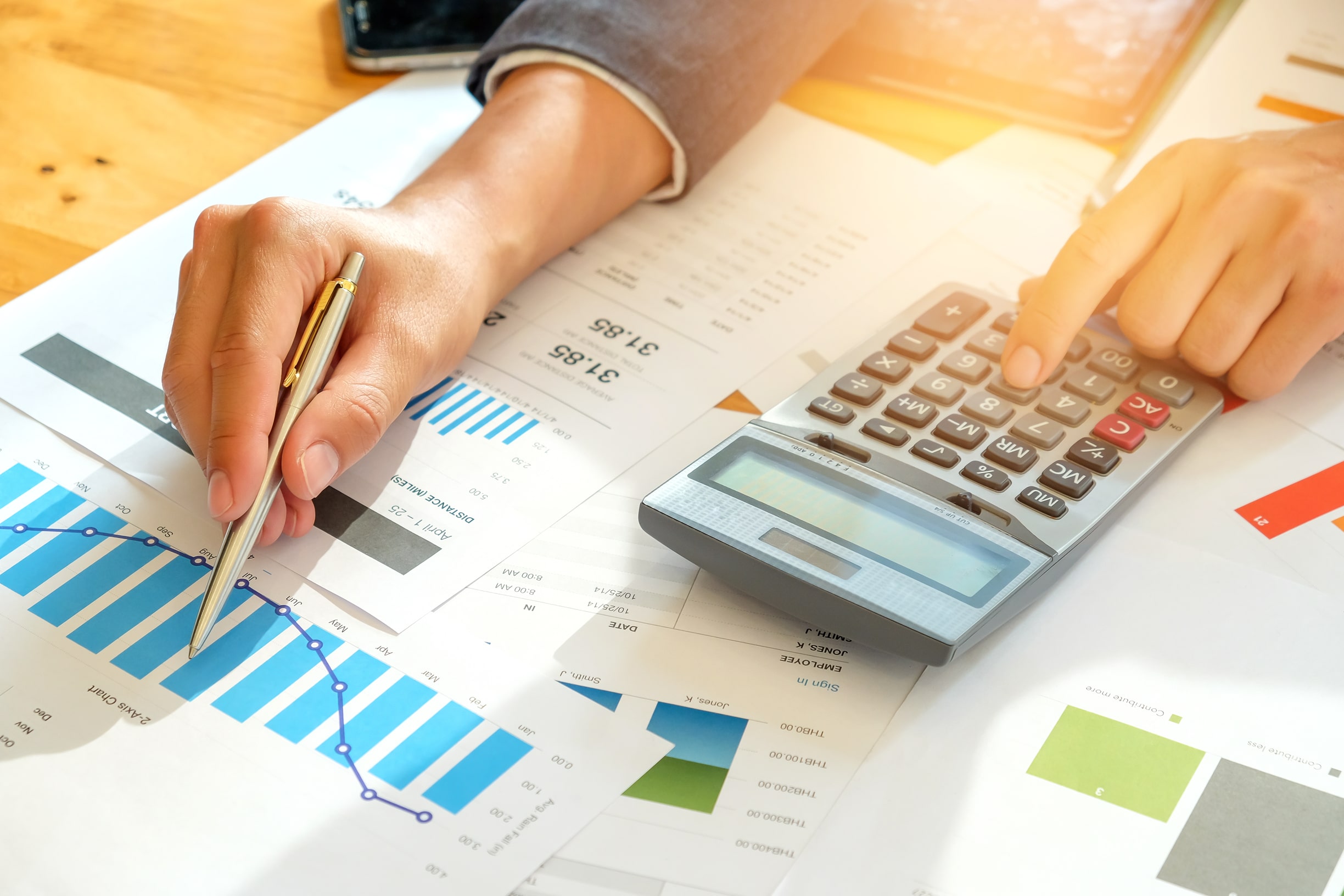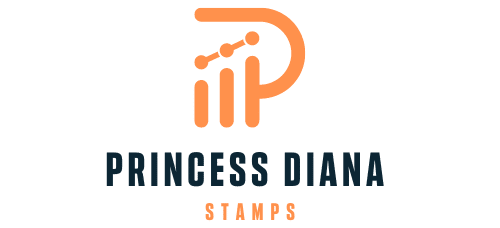How to Accurately Calculate the Daily Caloric Needs of an Adult Labrador Retriever?

Does your pet Labrador Retriever seem to be always hungry, even right after you’ve fed them? Or perhaps you’ve noticed that they’re not as active as they usually are, and they seem to be putting on some weight? It could all come down to the food they’re eating – or more accurately, the amount of calories they’re consuming each day. Understanding your dog’s daily caloric needs is essential in maintaining their optimal health and body weight.
Just as you monitor your own caloric intake to maintain a healthy weight, similarly, you need to assist your dog in achieving the same.
A voir aussi : What’s the Best Method for Crate Training a Nervous Italian Greyhound?
Understanding Your Dog’s Energy Needs
To begin with, it’s important to recognize that dogs, just like humans, require energy to carry out their daily activities. The energy needs of a dog are met through the food they consume. The food acts as fuel, providing the necessary calories to sustain their normal daily routines and activities.
However, the energy requirements of dogs are significantly different from those of humans. Dogs tend to burn calories at a much faster rate than we do. This is especially true for active breeds like the Labrador Retriever. Therefore, you must calculate your Lab’s daily caloric needs accurately to ensure they are getting the right amount of food and not overeating or under-eating.
Sujet a lire : How to Train a Border Collie for Herding Trials in Rural Settings?
The Factors Determining Your Labrador’s Caloric Needs
Several factors influence the caloric needs of your Labrador Retriever. These include the dog’s age, weight, activity level, and overall health.
Puppies, for instance, require more calories than adult dogs because they are in the growth phase and need extra energy for development. On the other hand, an older, less active dog may require fewer calories to prevent unnecessary weight gain.
Similarly, a highly active adult Labrador who spends a lot of time running and playing might need more calories than a less active one. Your Lab’s health status also plays a role in determining their caloric needs. For example, a dog recovering from an illness or surgery may need more calories to help them heal.
The Calculation Process: How Many Calories Does Your Labrador Need?
Now that we’ve covered the basics let’s get into the specifics of calculating the daily caloric needs of your adult Labrador Retriever.
For a rough estimate of your pet’s daily caloric requirements, you can use the following formula:
- For dogs weighing less than 20 pounds, multiply their weight in pounds by 20 to get the number of calories they need each day.
- For dogs weighing between 20 and 50 pounds, multiply their weight by 15.
- For dogs over 50 pounds, like your Labrador, multiply their weight by 13.
This calculation is based on an average activity level. If your Labrador is exceptionally active or inactive, you may need to adjust these numbers accordingly.
Selecting the Best Food for Your Labrador Retriever
Once you’ve calculated your Labrador Retriever’s daily caloric intake, the next step is to select a food that meets these needs.
Finding the best food for your dog involves more than just looking at the calorie content. You should also consider the nutritional value of the food. The food should contain a good balance of proteins, carbohydrates, fats, vitamins, and minerals.
Remember, the objective is not just to meet your Labrador’s caloric needs, but to provide them with a balanced diet that supports their overall health and wellbeing.
Regularly Review and Adjust Your Labrador’s Calorie Intake
It’s important to remember that your Labrador’s caloric needs can change over time due to factors such as age, changes in activity levels, and health status. Therefore, it’s essential to regularly review and adjust their caloric intake as needed.
Regular vet check-ups are crucial as they can provide insights into your dog’s health and help you make any necessary adjustments to their diet.
In the end, your responsibility is to ensure that your beloved Labrador Retriever receives a diet that adequately meets their energy requirements, helping them lead a healthy, happy, and active life.
Remember, understanding your dog’s caloric needs is not complicated. With a little bit of effort and guidance, you can ensure that your Labrador is receiving a diet that’s just right for them.
Meal Planning Based on Your Labrador’s Caloric Needs
Now that you have calculated the daily caloric needs of your Labrador and understood the importance of a balanced diet, it’s time to plan their meals.
The first step in meal planning is to determine the calorie content of the dog food you are using. This information is typically provided on the product label. If you’re preparing homemade food for your Labrador, you may need to calculate the calories of each ingredient.
Once you know how many calories your dog needs and the caloric content of the food, you can determine the portion size. Divide your Labrador’s total daily caloric need by the number of meals you serve in a day. This will give you the calories per meal. Then, divide the calories per meal by the calories per serving (or per cup) of the dog food. The result is the amount of food you should serve at each meal.
For example, if your Labrador needs 1500 calories a day and you feed them twice a day, that’s 750 calories per meal. If your dog food contains 400 calories per cup, you would serve approximately 1.875 cups of food at each meal.
Remember, this is just a basic guideline. You may need to adjust the portion sizes based on your Labrador’s activity level, body condition, and any special dietary needs.
Conclusion: Maintaining Your Labrador’s Ideal Body Weight
In conclusion, understanding and accurately calculating your Labrador’s caloric needs is a vital part of maintaining their optimal health and body weight. The daily energy requirements of your Labrador can vary based on factors such as their age, weight, activity level, and overall health.
By using a dog calorie calculator and considering your dog’s unique needs, you can determine an approximate number of calories your pet needs each day. This will help you choose the right dog foods, determine appropriate portion sizes, and plan meals that meet your Labrador’s energy requirements.
However, a Labrador’s calorie needs are not static and can change over time. Regular vet check-ups can help monitor their body condition and adjust the diet as needed. Your vet can also provide valuable advice on weight loss strategies if your Labrador is overweight or help adjust their diet if they are underweight.
Remember, the goal is not just to keep your Labrador’s body weight in check but also to ensure they receive a balanced diet that supports their overall health and wellbeing.
Monitoring and adjusting your Labrador’s diet may require some effort on your part, but the reward is a healthy, active, and happy pet. After all, a healthy dog is a happy dog, and as a pet owner, there’s no greater joy than seeing your Labrador thrive.
